Beef stew is one of those soul-warming dishes that brings comfort on rainy days and makes the kitchen smell like home. But let's face it — not all stews are created equal. The difference between an average bowl and a knockout pot comes down to one thing: the seasonings.
When searching for "beef stew seasonings" or "best spices for beef stew," you're likely looking for practical, actionable advice to improve your cooking results. This guide provides clear, expert-level information on the most important seasonings for beef stew, including how to use them properly, flavor pairings, and brand recommendations — all designed to directly answer your search query.
Why Seasoning Matters in Beef Stew
If you've ever tasted a bland beef stew, you know how disappointing it can be. Even the best cuts of meat and perfectly cooked vegetables won't save your dish if the flavor profile falls flat. Seasonings aren't just about adding salt — they're the backbone of depth, warmth, and richness in any great stew.
The key to mastering beef stew lies in balancing aromatic spices, earthy roots, and subtle umami notes. Whether you're making a classic Irish stew or experimenting with global flavors, this guide will walk you through everything you need to know about choosing and using the best seasonings for beef stew.
| Seasoning | Best Used | Flavor Contribution | Pro Tip |
|---|---|---|---|
| Bouillon | At the beginning, dissolved in broth | Umami-rich base layer | Use homemade stock if possible for better depth |
| Thyme | Added early with aromatics | Earthy, floral undertones | Fresh sprigs can be removed before serving |
| Paprika | After browning meat | Smoky warmth and color | Use smoked paprika for deeper flavor |
| Bay Leaf | Midway through cooking | Subtle bitterness and aroma | Always remove before serving |
| Garlic Powder | With dry spices before adding liquid | Concentrated allium flavor | Avoid fresh garlic unless sautéed first |
| Black Pepper | Taste at the end and adjust | Sharpens and enhances flavor | Freshly ground is best for potency |
| Turmeric | At the same time as paprika | Vibrant color and mild bitterness | Add a pinch of black pepper to increase absorption |
| Rosemary | In moderation during early simmering | Strong pine-like aroma | Chop finely or strip leaves from stem |
| Worcestershire Sauce | Near end of cooking | Savory, tangy kick | Add a splash for balance |
| Smoked Salt | Right before serving | Earthy finish with a crunch | Perfect for garnish |
Top 10 Must-Have Seasonings for Beef Stew
To help you navigate the spice aisle (or pantry), here's a curated list of the top 10 seasonings that will take your beef stew from good to unforgettable.
- Bouillon Cubes (or Powder): A quick way to add deep savory flavor without complicated prep.
- Dried Thyme: Earthy and herbal, thyme pairs beautifully with slow-cooked meats.
- Paprika: Adds a rich color and smoky undertone that complements hearty stews.
- Bay Leaves: Essential for building layers of flavor as the stew simmers.
- Garlic Powder: Concentrated garlicky goodness without the risk of burning fresh garlic.
- Black Pepper: Sharpens the flavors and adds a touch of heat.
- Turmeric: Adds vibrant color and subtle bitterness that balances fat content.
- Rosemary: Bold and piney — use sparingly to avoid overpowering other flavors.
- Worcestershire Sauce: Not a spice per se, but a powerful flavor enhancer that deepens the umami profile.
- Smoked Salt: For a finishing touch that adds complexity and texture.
Flavor Pairings That Work Magic
One of the most exciting things about seasoning a beef stew is experimenting with different flavor profiles. Here are some popular combinations that work well together:
- Mediterranean Twist: Rosemary + Lemon Zest + Kalamata Olives + Red Wine
- French Country Style: Thyme + Bay Leaf + White Wine + Pearl Onions
- Asian Fusion: Star Anise + Soy Sauce + Ginger + Sesame Oil
- Tex-Mex Version: Cumin + Chili Powder + Lime Juice + Black Beans
- Eastern European: Caraway Seeds + Dill + Sour Cream + Beetroot
Buying Guide: Choosing the Best Spice Brands for Your Beef Stew
Not all spice brands are created equal. To ensure you're getting the most bang for your buck, here's a handy buying guide to help you pick the right products based on quality, shelf life, and flavor intensity.
| Brand | Features | Advantages | Best For | Occasion |
|---|---|---|---|---|
| McCormick Gourmet Collection | Premium quality, individually packaged, minimal additives | Consistent flavor, long shelf life | Home cooks and beginners | Everyday cooking |
| Simply Organic | Certified organic, non-GMO, fair trade | Eco-friendly, clean label | Health-conscious cooks | Meal prepping, family meals |
| Penzeys Spices | High concentration, bulk options, unique blends | Intense flavor, customizable mixes | Experienced home cooks and foodies | Special occasion dishes |
| Spicewalla | Small-batch roasted, Indian-inspired | Rich aroma, artisanal quality | Cooking enthusiasts | Global fusion recipes |
| Trader Joe's | Affordable, accessible, variety pack options | Budget-friendly, easy to find | College students, beginners | Quick meals |
When shopping for spices, always check the expiration date and store them in airtight containers away from light and moisture. Fresh spices make a noticeable difference in flavor!
Frequently Asked Questions
Can I skip bay leaves in beef stew?
While you can omit bay leaves, you'll miss their subtle herbal complexity. For similar depth, use 1/4 teaspoon dried oregano or marjoram instead. Always remove bay leaves before serving as they become tough during cooking.
Why is my beef stew bitter?
Bitterness often comes from overused rosemary, burnt spices, or too many bay leaves. Balance it by adding 1 teaspoon of sugar or a splash of apple cider vinegar. Never add fresh rosemary stems directly—strip the leaves first to prevent woody flavors.
What's the best substitute for Worcestershire sauce?
Combine 1 tablespoon soy sauce, 1 teaspoon apple cider vinegar, and a pinch of sugar. For gluten-free needs, use tamari instead of soy sauce. Add this mixture during the last 20 minutes of cooking to preserve its tangy depth.
When should I add fresh herbs versus dried?
Use dried herbs (thyme, rosemary) at the beginning for infused depth. Add fresh herbs like parsley or cilantro in the last 5 minutes for bright flavor. Dried herbs are 3x more potent, so use 1 teaspoon dried for every tablespoon of fresh.
How do I fix an over-salted beef stew?
Add unsalted stew ingredients like extra potatoes or carrots to absorb salt. A peeled potato simmered for 20 minutes helps too. For immediate rescue, stir in 1 tablespoon lemon juice or apple cider vinegar to counterbalance saltiness without diluting flavor.
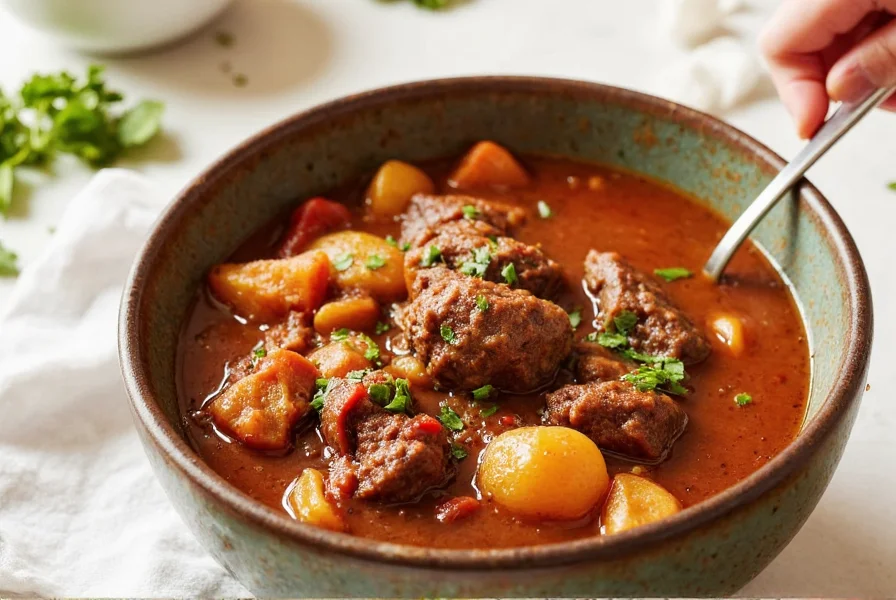
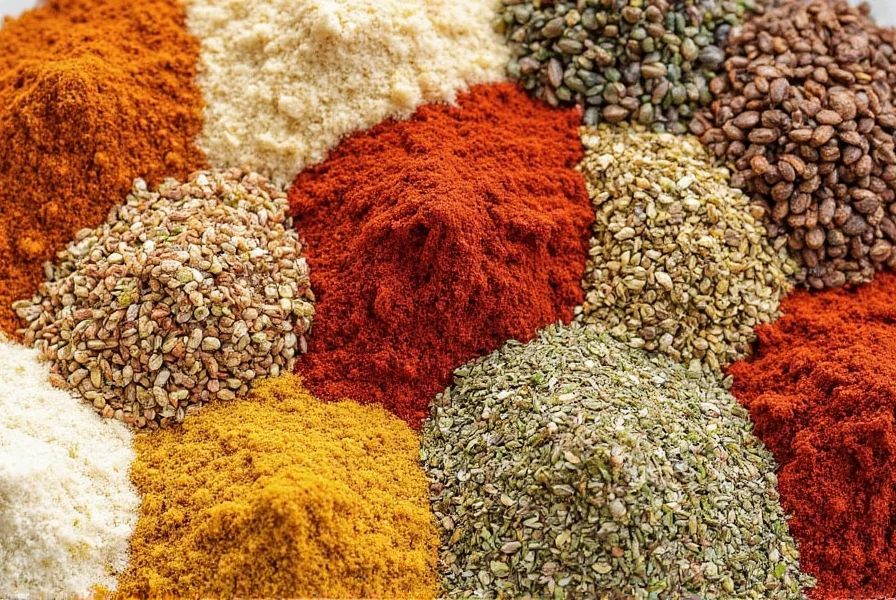
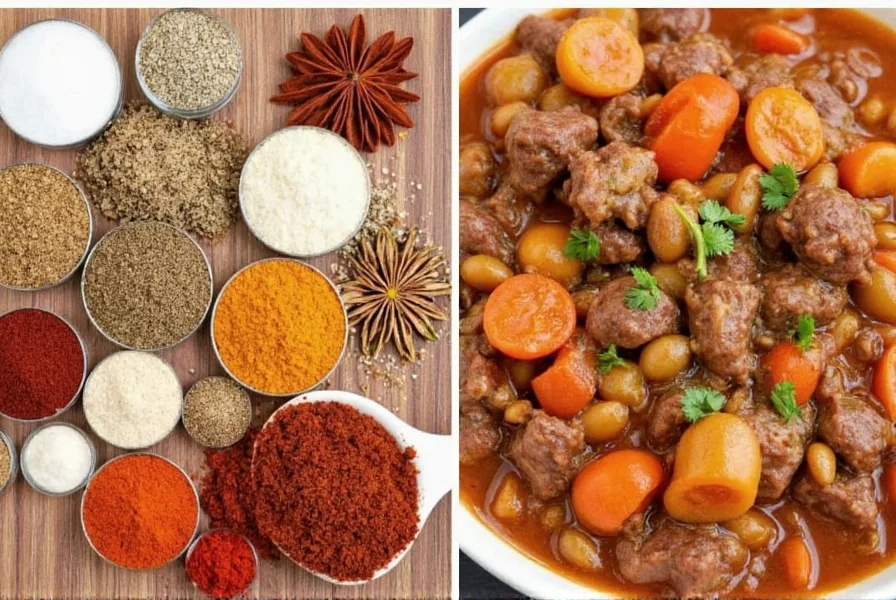
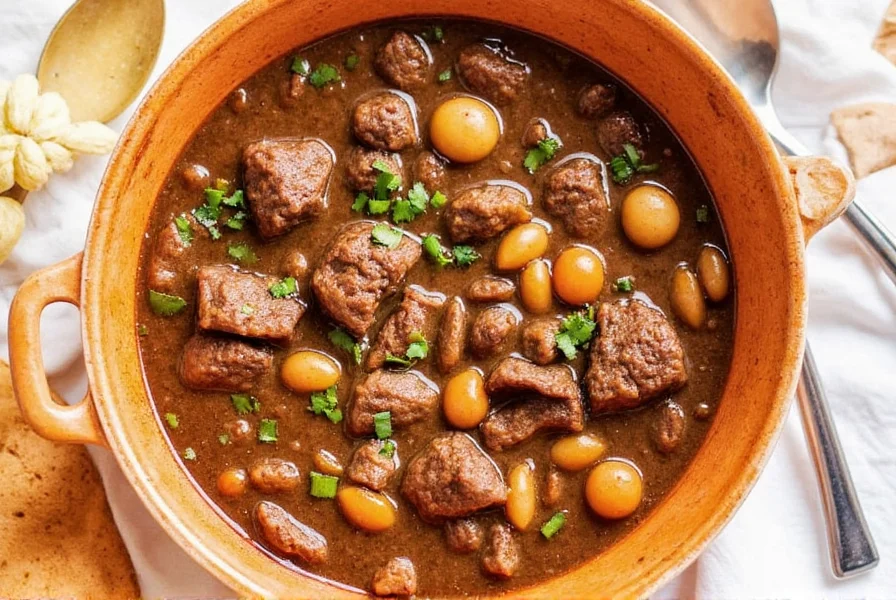
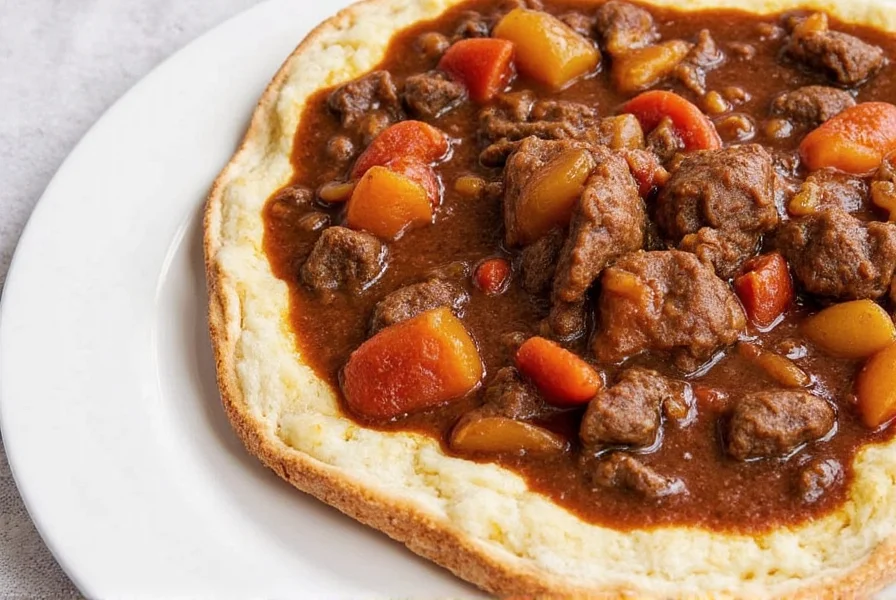
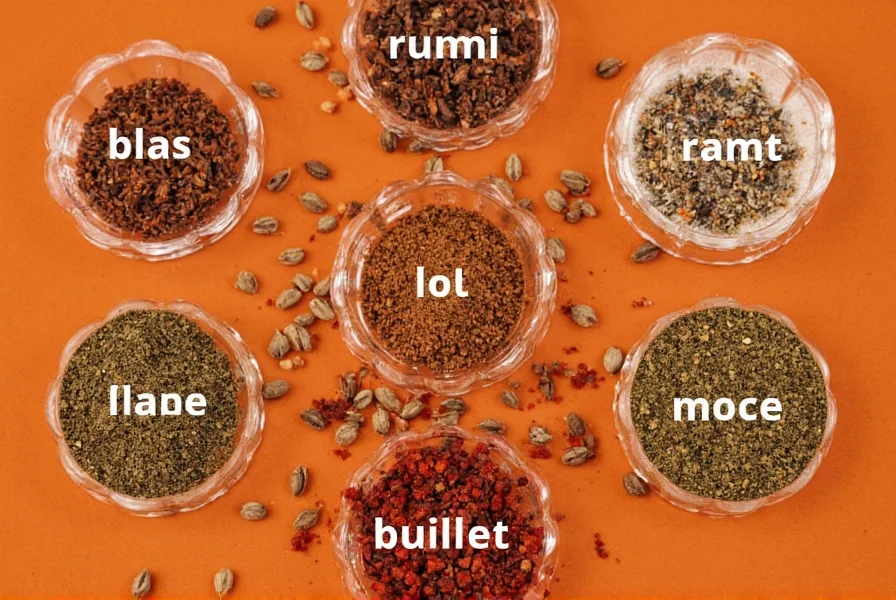

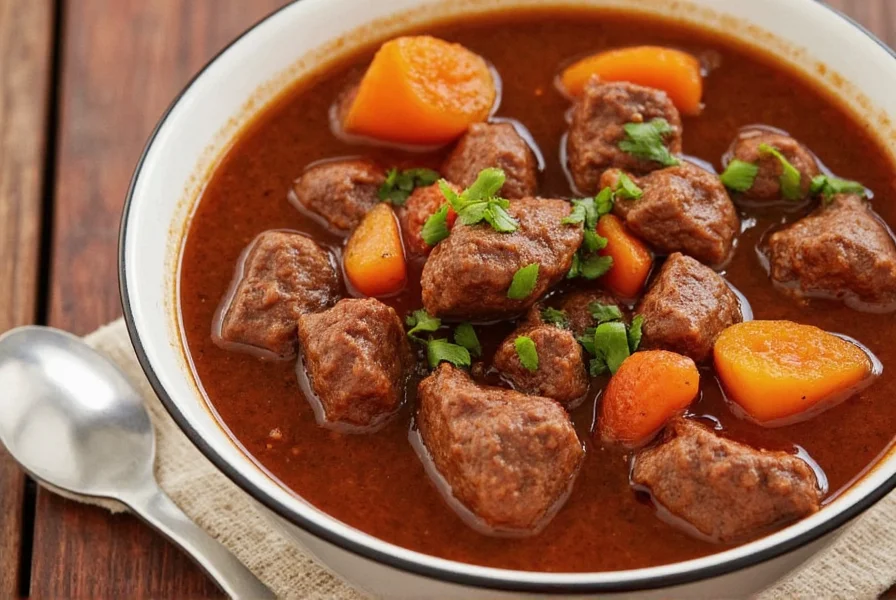









 浙公网安备
33010002000092号
浙公网安备
33010002000092号 浙B2-20120091-4
浙B2-20120091-4